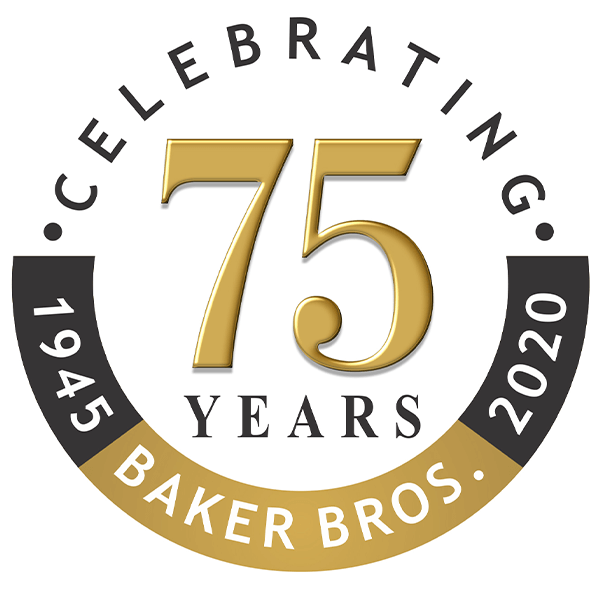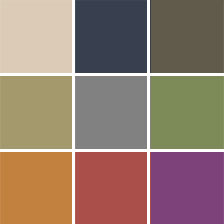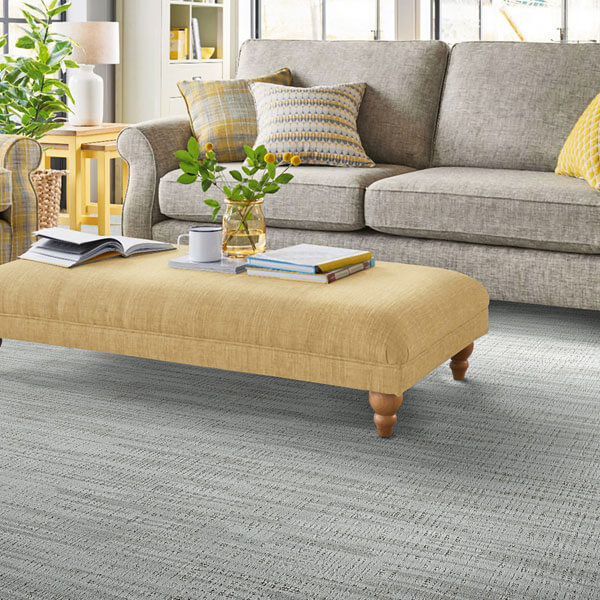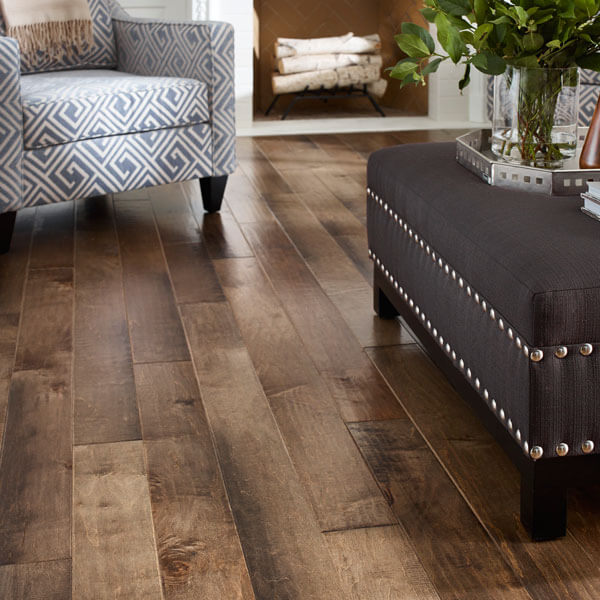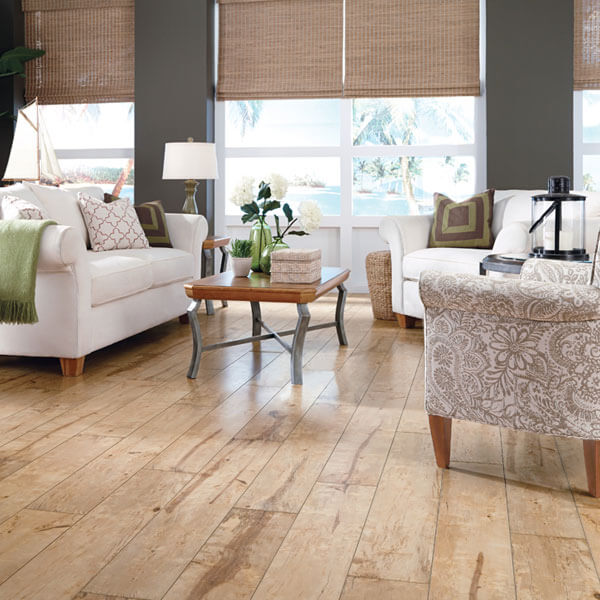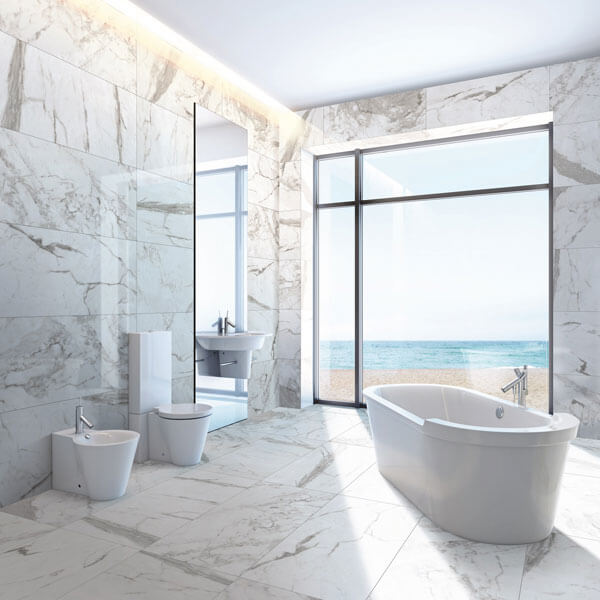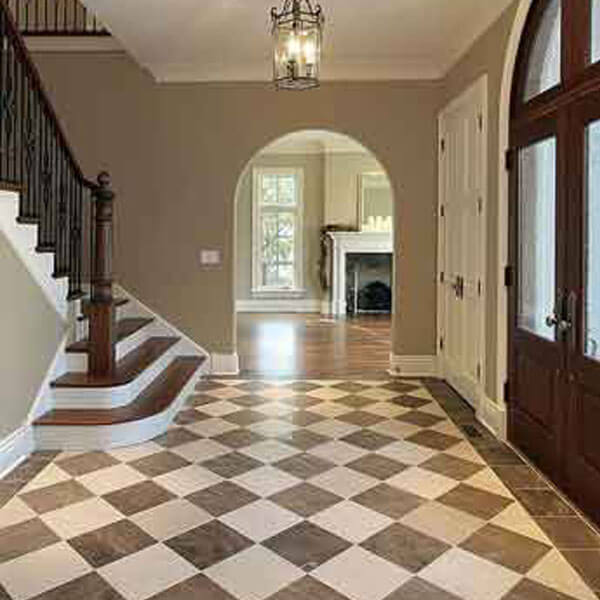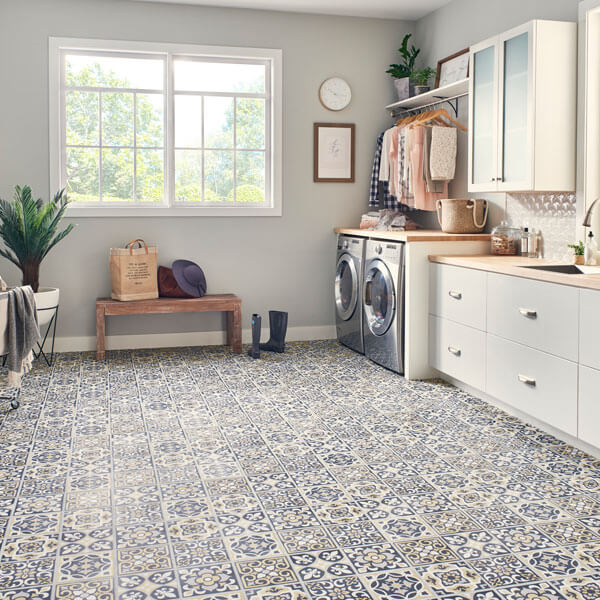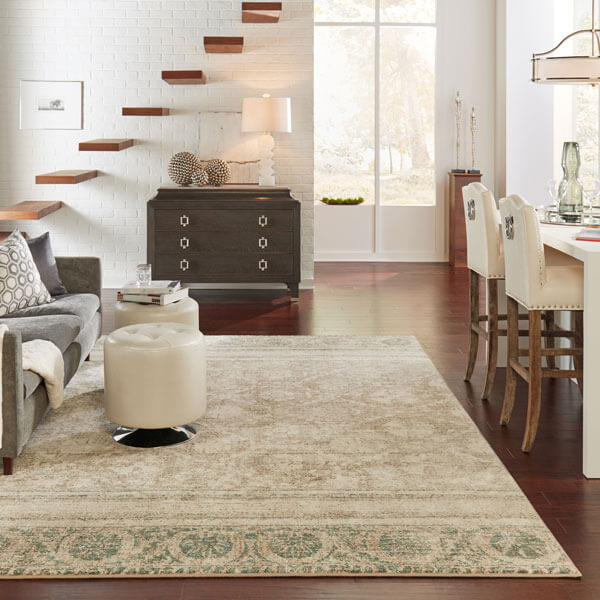623-583-2682
602-424-9808
480-946-6647
480-892-3780
480-893-9091
(Camelback)
602-277-5592
Carpet Terminology
For definitions of other terms not listed here, please go to these sections: The Creation of Carpet, Carpet Types and Carpet Considerations.
Backing/Primary Backing
The primary backing material of carpeting is usually made of woven polypropylene
and its main value is to provide a base cloth to hold the yarn in place while the
tufting happens.
Beck Dyeing
A second dyeing method used in the manufacturing of carpet involves applying color
to the yarn after the carpet has been tufted.
Berber
A loop style carpet is often referred to as a berber and can be either produced
in a level loop or multi-level loop construction. Often times loop carpets are accented
with color fleck to provide a contrast from the primary carpet color.
Bulked Continuous Filament
Continuous long strands of synthetic fiber that have been formed into bundles of
yarn. Products made from a continuous filament yarn rarely display any shedding
or pilling.
Cable
A style of carpet constructed of thicker (sometimes a combination of thicker and
thinner), yarn characterized by a longer pile height.
Carpet Cushion
Commonly called padding, this is the layer of material that lies between the carpet
and floor. Carpet cushion helps provide comfort and support along with excellent
noise reduction. Quality cushion is critical to the performance of carpet and is
required by manufacturers warranties.
Carpet Dyeing (Continuous Dyeing)
Also called Continuous Dyeing, color is applied directly to the carpet face by spraying
or printing. This process is also used to create multicolor or patterned effects
in the carpet.
Cut Pile
The loops of yarn are cut, creating a more level finish on the face of the carpet.
Textures, saxonies and friezes are all considered cut pile carpets.
Density
A measure of how tightly the yarn is stitched into the primary backing. Higher density
carpet will typically wear better than lower density carpet.
Face Weight
Is determined by the actual amount of fiber per square yard, and is measured in
ounces.
Fiber
Fiber is the basic material that a carpet is made of. Over ninety percent of all
of the carpet made today is made up of synthetic fiber. The rest is natural fiber,
most commonly wool.
Frieze
This is a cut pile style that has a very high twist level, meaning each strand of
yarn is twisted so tightly that they actually curl over at the end. This creates
a textured surface with a casual appearance, and a carpet of high durability and
very good wear-ability.
Loop Pile
Created by uncut yarns, loop pile carpet can be level loop or multi level. Loop
pile products hold their appearance very well. Since there are no exposed yarn tips,
only the sides of the yarn are exposed to wear and stress.
Matte/Crush
The application of weight (like a high traffic area) on an installed carpet produces
the visual effect of carpet “laying down”.
Nap
(See Pile Height)
Nylon
A synthetic fiber. Most quality residential carpets today are made of nylon. Nylon
is the leader in: appearance retention, fade and heat resistance, soil and stain
resistance, and color and styling.
Olefin
See Polypropylene.
Pile
Cut or uncut loops of yarn that create the surface of carpeting.
Pile Height
Also called the nap, pile height is the length of the tuft measured from the primary
backing to the yarn tips.
Plush
See Saxony.
Polyester
A common synthetic material well accepted for its bulkiness, color clarity, and
good stain and fade resistance. While not as resilient as nylon, Polyester fiber
carpet constructed with today’s new technologies can be a good performer.
Polypropylene
Another common synthetic material used in carpet manufacturing, sometimes referred
to as olefin. Most commonly used in commercial carpeting polypropylene is not as
resilient or resistant to abrasion as nylon, it is naturally stain and fade resistant.
Saxony
Saxony has a smooth, soft, velvet plush look and a luxurious feel with a uniform
twist and finish. Be aware that this style will show footprints and vacuum marks.
Screen Printing
Another common method of carpet coloring, screen printing is where color is applied
through anywhere from one to as many as eight silk-screens.
Shading
A change in carpet appearance caused by a combination of wear and carpet tuft distortion.
Shading is not an actual change in color, but is a difference in the way the light
source refracts off the face of the carpet.
Shearing
One of the last stages in the manufacturing of carpet, shearing is the process of
removing all of the little loose ends and projecting fibers that might have been
created during the tufting process. It also helps achieve the yarn’s tip definition
of the finished carpet.
Shedding
Shedding is a natural part of a new carpet. Frequent vacuuming for the first few
days should remove any loose fibers from the carpet’s surface.
Sprouting
Refers to small tufts or loops of carpet that become visible after the installation.
Use a small pair of scissors to carefully trim the loose fibers flush with the surface
of the carpet.
Staple Fiber
Staple fiber is made up of short strands of fiber (approximately 7 inches long)
that are spun together to create strands of yarn. Staple fiber has more of a tendency
to “shed” than continuous filament fiber.
Stitch Rate
The measure of how close the yarns are together. Stitch rate is measured in penetrations,
or tufts, in a given length of carpet, usually an inch. The stitch rate is controlled
by how fast the carpet is moved through the tufting machine.
Synthetic
Man-made, using chemical compounds versus natural materials. Over ninety percent
of all of the carpet is made up of synthetic fiber – usually one of three
materials: nylon, polypropylene or polyester. All three are created by similar chemical
processes using oil and natural gas.
Texture
A very popular cut pile carpet that has alternating twists of yarn creating a tonal
appearance. This carpet creates a more casual atmosphere in the room and is available
in a broad range of colors and densities.
Transition
When two different flooring products meet – say, carpeting and a hardwood
floor – it’s called a transition. Professional installers try to match
the surface heights of various flooring products to minimize transitions.
Tuft/Tufting
The first step in the manufacturing of carpet. Tufting begins with the process of
weaving the synthetic or staple fiber into a primary backing material.
Twist
Carpet yarns are twisted around each other to produce both textural and performance
characteristics. Typically the higher the twist the better the performance.
Yarn Dyeing
Yarn dyeing, also called pre-dyeing, is where the color is applied to the
yarn prior to tufting. The advantages of all yarn dyeing methods include good side-by-side
color consistency, large lot sizes, and uniformity.

